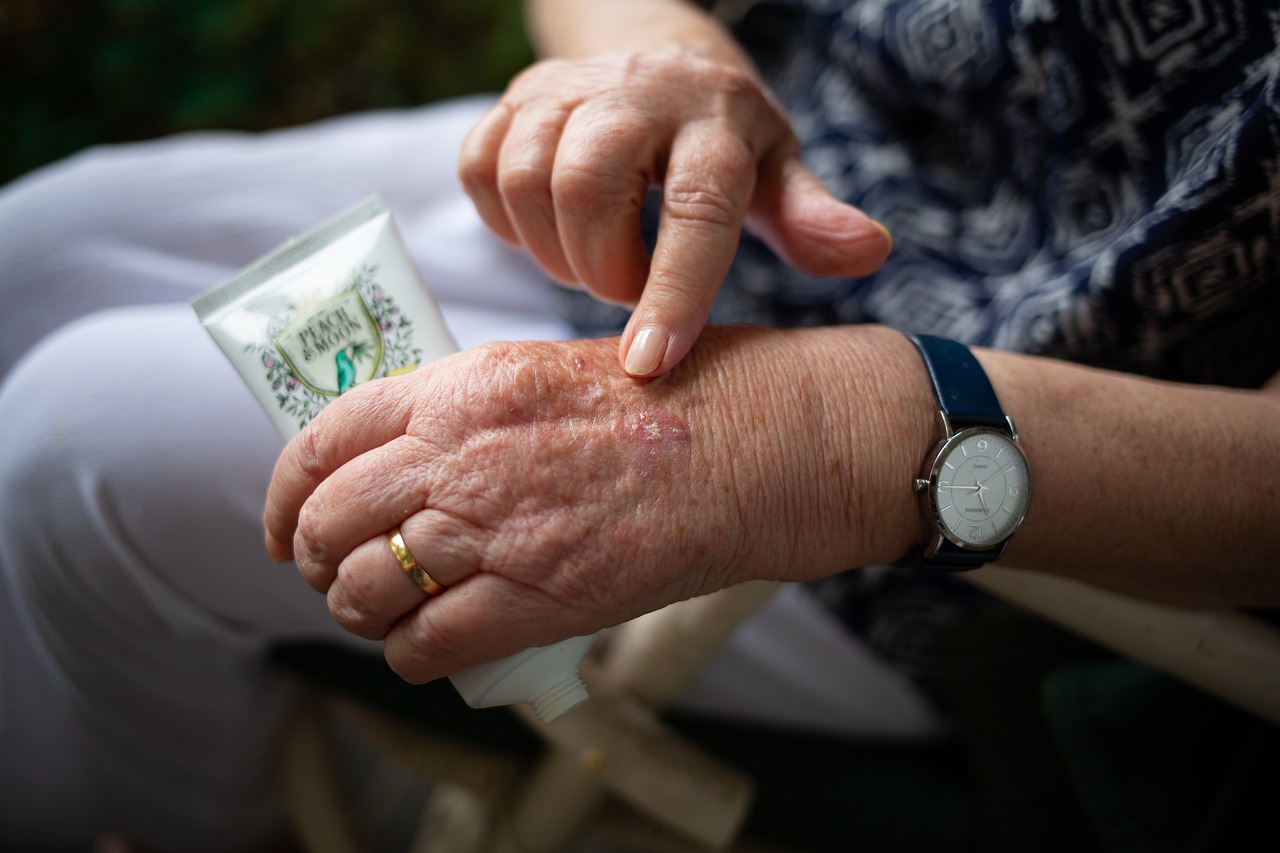Stiffness, swelling, muscle aches — the symptoms of arthritis are not only uncomfortable they can be debilitating. Contrary to popular belief, arthritis isn’t just an “old person” aliment. In fact, the gripping pain of arthritis can strike at any age. Though it’s most likely to appear between ages 30 and 50, it can also show up later in life around age 60 — a diagnosis called elderly-onset RA or late-onset RA.
Luckily, there are simple daily routines that can manage your arthritis. The Centers for Disease Control and Prevention outlined self-management strategies and activities to keep you and your loved ones moving freely.
The organization’s “Strive For 5” practices are designed to mitigate symptoms and provide relief so you can get back to the activities you love.
1. Master Self-management Strategies
Educational workshops can be key to learning the best practices to manage joint pain and arthritis. In addition to providing community and pain relief techniques, the expert-led classes impart numerous benefits, including feeling more in control of health, reducing stressing and boosting your mood. Those who have partaken also report having better and more open communication with their health care providers — a key factor in managing and preventing any disease.
If you’re not sure where to look for a workshop, start by checking out these CDC-recommended self-management education programs, which are designed to improve the quality of life of people with arthritis.
2. Get Moving
Exercise may be the latest thing on your mind when you’re being plagued with joint pain and stiffness, but it actually one of the best cures in your tool kit. Physical activity is an effective, drug-free way to relieve arthritis pain.
According to the CDC, moving your body is linked to reduced pain, improved function and a better quality of life for arthritis suffers. Exercise also has the added benefit of lower the risk for other chronic illnesses, such as heart disease.
This doesn’t mean you need to sign up for a marathon. Physical activity doesn’t need to be strenuous to be effective.
According to the CDC, older adults can obtain significant health benefits with a moderate amount of physical activity. A short walk in the park is better than nothing.
3. Make a Doctors Appointment
If you haven’t already sought a physician’s care for joint pain and other arthritis symptoms, it is time to pick up the phone. Not only will talking with your doctor give you a more accurate diagnosis, you can start medical treatment sooner, which could minimize symptoms and prevent the disease from progressing.
4. Maintain a Healthy Weight
Diet and exercise are key to longevity and vitality. The research shows that losing weight or staying at a healthy weight can is particularly important for arthritis suffers. Being overweight or obese can put added stress on the body, specifically weight-bearing joints, such as your hips and knees. The good news, according to the CDC, is that losing as little as 10 pounds can improve your symptoms.
5. Protect your joints
Joint injuries can cause or worsen arthritis. Choosing low impact like walking, biking and swimming can help you stay active and lose weight — two key factors to alleviating stress on the joints.
If you are looking to get started on a safe, arthritis-friendly routine, the CDC has a full list of low impact exercises for seniors, including yoga, to help you get off on the right foot.
If you’re suffering from arthritis, the CDC’s “Strive for Five” is a great place to start healing.








